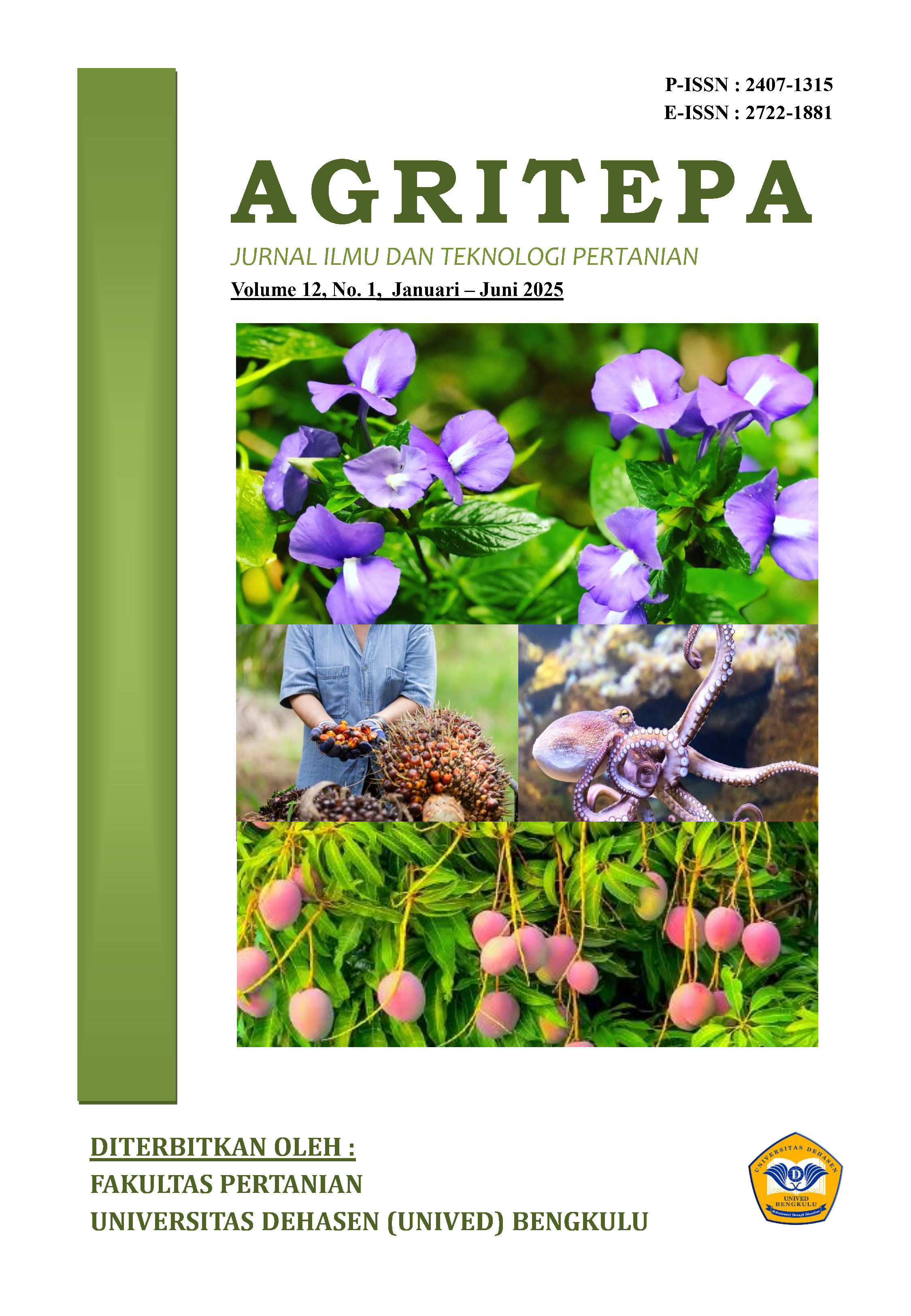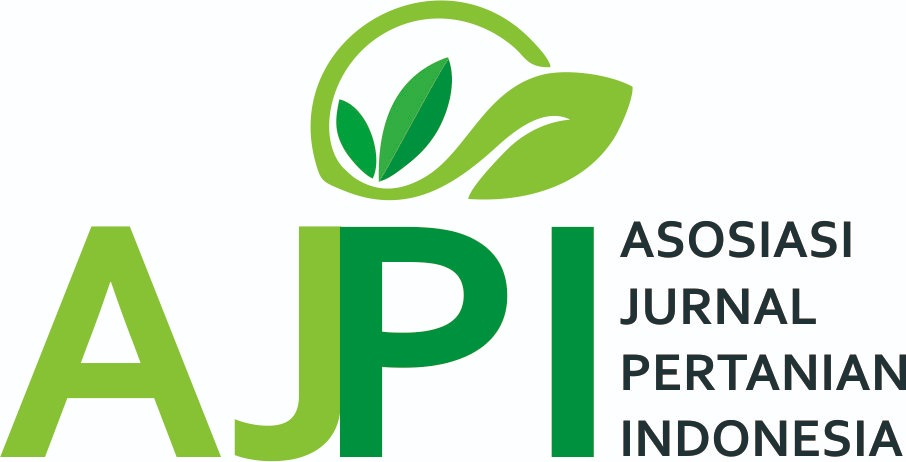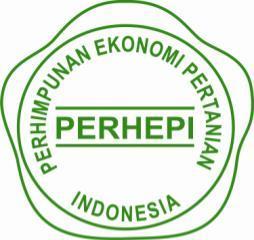Study Of Techno-Economic Aspects In Small Industries Producing High Acid Cpo Capacity 2 Tones Per Day
pendahuluan;metode penelitian; hasil dan pembahasan; kesimpulan; ucapan terimakasih; daftar pustaka
Abstract
Purpose: this study aims to analyze the business sensitivity of a factory producing high acid crude palm oil (HACPO) in Pasar Bembah Village, Air Napal District, North Bengkulu Regency, and to study a factory in the form of a small-scale palm oil industry that processes palm oil pulp into non-food CPO. The technical and financial aspects of the business will also be considered. Metodology: the procedure carried out was collected technical and financial information on the small factory of High Acid CPO from the financial perspective (NPV, IRR, and Payback Period) to assess the feasibility of the business. Sensitivity analysis was carried out by considering conditions which vulnerable to change, and as final assessement the practicality of the business. Result: results of the study from the technical and financial aspects show that the Mini High Acid CPO Factory with a capacity of 2 tons per day in Pasar Bembah Village, Air Napal District, North Bengkulu was feasible executed. Feasibility because it can be supported by the availability of raw materials, labor costs, production processes, machinery and equipment, production capacity, and environmental impacts. The results of the business sensitivity analysis showed that the decline in selling prices and spikes in raw material costs have an impact on the HACPO Business. Originality: study examines about just started to develop bussines of the techno-economics of small factory HACPO for non-food CPO products. Type of research: explained descriptive quantitative research in techno-economic prespective of small business HACPO.
Downloads
References
Ahmad, D., Zuhdi, F., Abdullah, M. F., & Suliswanto, M. S. W. (2021). The competitiveness of Indonesian crude palm oil in international market. Jurnal Ekonomi dan Studi Pembangunan, 19(June), 111–124.
Alfikri, G., Luh, N., & Hariastuti, P. (2019). Peningkatan kualitas minyak kelapa sawit dengan pendekatan lean six sigma (Studi kasus di PT. Sawit Mas Parenggean). Jurnal Teknologi dan Industri Pertanian, 23, 47–54.
Budiman, A. (2016). Kajian tekno ekonomi potensi sampah Kota Pontianak sebagai sumber pembangkit listrik tenaga uap (PLTU). Jurnal ELKHA, 8(1), 1–5.
Cahyadi, E. R. (2013). Contract farming and risks for smallholders in the oil-palm industry in Indonesia. Bulletin of Indonesian Economic Studies, 49(3), 381–382.
Demiyati, T., & Priatna, W. B. (2013). Analisis kelayakan investasi perkebunan rakyat kelapa sawit dengan sistem bagi hasil di Desa Budi Asih, Kecamatan Pulau Rimau, Kabupaten Banyuasin, Sumatera Selatan. Forum Agribisnis, 3(1), 33–54.
Gittinger, J. P. (1986). Analisis ekonomi proyek-proyek pertanian (S. Utomo & K. Mangiri, Trans.). Jakarta, Indonesia: Universitas Indonesia Press.
Giatman, M. (2006). Ekonomi teknik. Jakarta, Indonesia: PT. Raja Grafindo Persada.
Hastuti, Z. D., Prasetyo, D. H., & Rosyadi, E. (2015). Pemanfaatan CPO asam lemak bebas tinggi sebagai bahan bakar. Jurnal Energi dan Lingkungan, 11, 61–66.
Hasugian, I. A., Ingrid, F., & Wardana, K. (2020). Analisis kelayakan dan sensitivitas: Studi kasus UKM Mochi Kecamatan Medan Selayang. Jurnal Buletin Utama Teknik, 15(2), 159–164.
Hartopo. (2005). Analisis kelayakan finansial pabrik kelapa sawit mini (Studi kasus: Pabrik Kelapa Sawit Aek Pancur, Tanjung Merawa, Medan, Sumatra Utara) (Skripsi). Institut Pertanian Bogor, Bogor, Indonesia.
Hudaya, G. K. (2008). Analisis kepekaan (sensitivity analysis) faktor-faktor yang mempengaruhi kelayakan finansial pabrik UBC komersial. Jurnal Teknologi Mineral dan Batubara, 4(12), 33–38.
Husnan, S., & Suwarsono. (2014). Studi kelayakan proyek bisnis (Edisi ke-5). Yogyakarta, Indonesia: UPP STIM YKPN.
Intara, Y. I., Revanza, N., Koto, H., & Idham, M. (n.d.). Kajian kelayakan usaha industri CPO asam tinggi kapasitas 2 ton/hari di Desa Pasar Bembah Kecamatan Air Napal Bengkulu Utara. Jurnal Rona Teknik Pertanian, 17(2), 193–204.
Masduki, Sutijan, & Budiman, A. (2013). Kinetika reaksi esterifikasi palm fatty acid distillate (PFAD) menjadi biodiesel dengan katalis zeolit-zirkonia tersulfatasi. Jurnal Rekayasa Proses, 7(2), 59. https://jurnal.ugm.ac.id/v3/jrekpros/article/view/10658
Moghli Abou, A. A., & Al-Abdallah, G. M. (2012). Market analysis and the feasibility of establishing small business. European Scientific Journal, 8(9), 94–113.
Nasori, A. S., Wiguna, B., Mufti, A., Laksono, H., Budiyanto, B., Kusumasmarawati, A. D., Permana, A. W., &
Untoro, M. (2023). Pemanfaatan palm fatty acid distillate sebagai sumber asam oleat: Diversifikasi produk samping minyak kelapa sawit sebagai produk antara untuk industri hilir. Jurnal Teknologi Industri Pertanian, 33(2), 181–187. https://doi.org/10.24961/j.tek.ind.pert.2023.33.2.181
Nurhayati, N., Hubeis, M., & Raharja, S. (2012). Kelayakan dan strategi pengembangan usaha industri kecil tahu di Kabupaten Kuningan, Jawa Barat. Manajemen IKM: Jurnal Manajemen Pengembangan Industri Kecil Menengah, 7(2), 111–121.
Nurmalina, R., Sarianti, T., & Karyadi, A. (2014). Studi kelayakan bisnis. Bogor, Indonesia: IPB Press.
Rusdianto, A. S., Amilia, W., & Nugroho, D. A. (2020). Analisis kelayakan ekonomi pada industri virgin coconut oil (VCO) di Sukorejo Kecamatan Sumbersari Kabupaten Jember. Jurnal Agroteknologi, 20(2), 137–142.
Sudong, Y., & Tiong, R. L. K. (2002). NPV-at-risk method in infrastructure project investment evaluation. Journal of Construction Engineering and Management, 126(3), 227–233.
Witak, M. L. L., & Soimah, N. (2023). Analisis studi kelayakan bisnis kelapa sawit. Jurnal Ekonomi Pembangunan dan Manajemen, 2(1), 31–38.
Copyright (c) 2025 Yazid Ismi Intara, Arif Budiman Budiman, Hidayat Koto (Author)

This work is licensed under a Creative Commons Attribution-ShareAlike 4.0 International License.
Author retains the copyright and grants the journal the right of first publication of the work simultaneously licensed under the Creative Commons Attribution-ShareAlike 4.0 License that allows others to share the work with an acknowledgement of the work's authorship and initial publication in this journal













